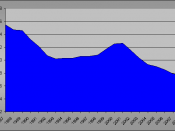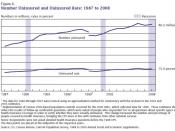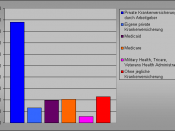Key Facts about the Current Population Survey's
Data on Health Coverage
Syed R Fayyaz
September 30, 2003
Each fall, the U.S. Bureau of the Census releases data regarding health coverage from the Current Population Survey (CPS). The numbers are the most widely cited figures for those without health coverage in the U.S.
Figures for 2002, released today, show that the number of uninsured in the U.S. rose to 43.6 million - an increase of 2.4 million over the previous year. This means an estimated 15.2 percent of the U.S. population had no health insurance during all of 2002, up from 14.6 percent in 2001. (For a copy of the Census Bureau report and news release, go to www.census.gov/hhes/www/hlthins.html.)
In order to help members of the media cover this year's release, the Alliance for Health Reform has put together some background materials and web links, and a list of experts who could be interviewed.
BACKGROUND
For the past several decades, researchers have given us different ways to count and assess the number and characteristics of Americans without health insurance. Currently, the media, policymakers, and others rely on at least seven major surveys to reflect the national picture of the uninsured in this country.
The estimates of uninsured Americans vary widely. Data from the Census Bureau suggest that in 2001, 41.2 million Americans were uninsured for the year, while data from the National Survey of American Families (NSAF) reports anywhere from 39 to 49 million uninsured. Others groups have come up with estimates of from 20 to 70 million. The numbers vary because surveys:
*calculate the number of Americans who are uninsured for different periods of time (i.e. the whole year vs. part of the year vs. any part of two years)
*employ different survey instruments, and
*differ in their use...


